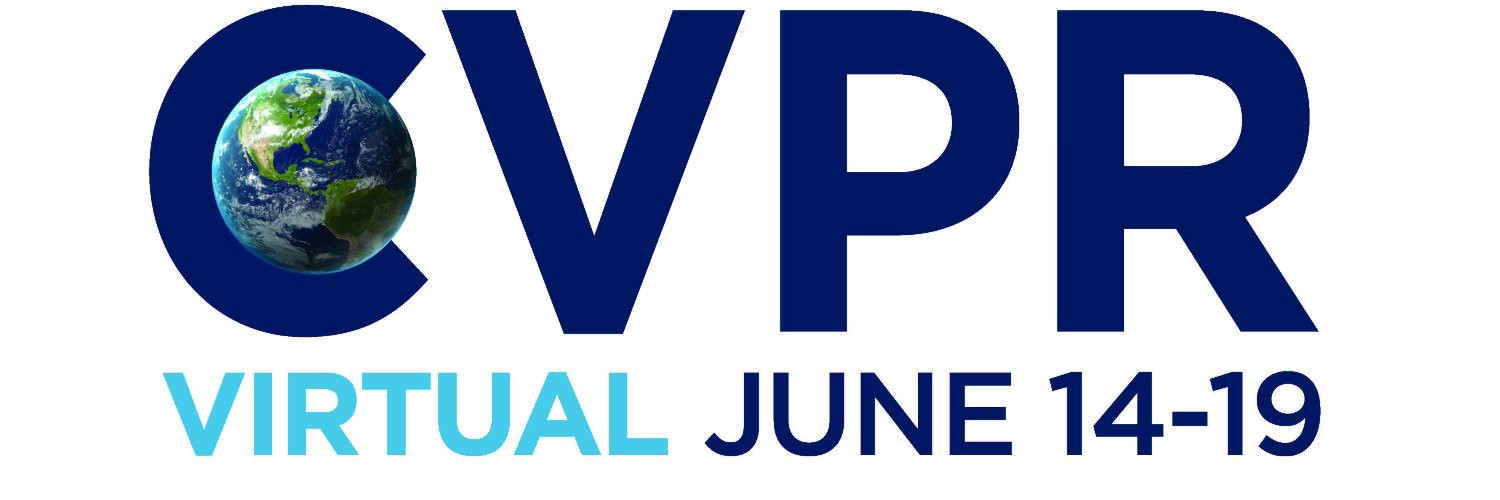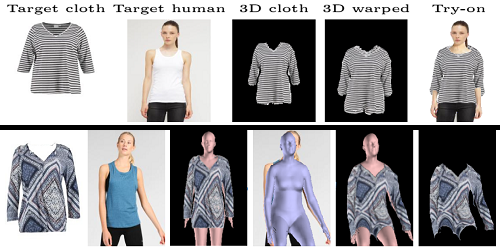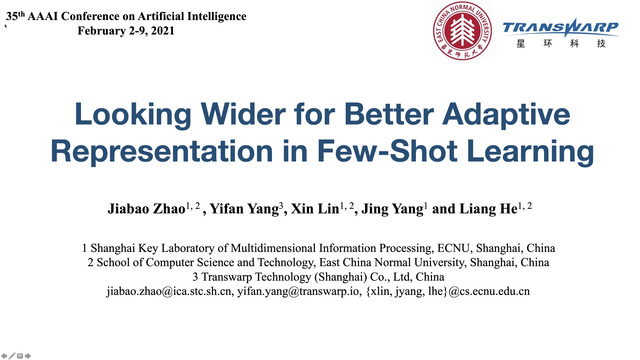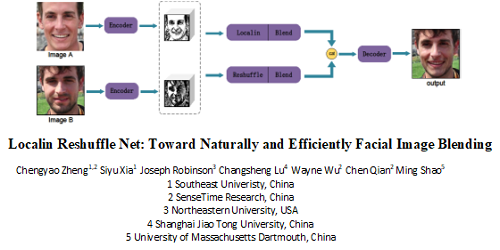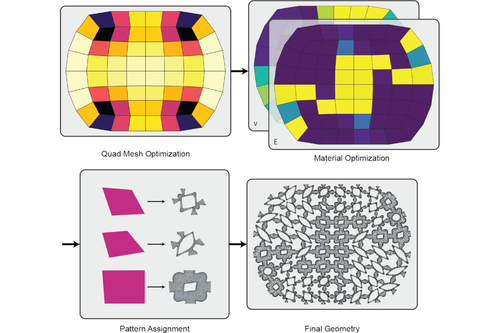Abstract:
In this paper, we present TailorNet, a neural model which predicts clothing deformation in 3D as a function of three factors: pose, shape and style (garment geometry), while retaining wrinkle detail. This goes beyond prior models, which are either specific to one style and shape, or generalize to different shapes producing smooth results, despite being style specific. Our hypothesis is that (even non-linear) combinations of examples smoothes out high frequency components such as fine-wrinkles, which makes learning the three factors jointly hard. At the heart of our technique is a decomposition of deformation into a high frequency and a low frequency component. While the low-frequency component is predicted from pose, shape and style parameters with an MLP, the high-frequency component is predicted with a mixture of shape-style specific pose models. The weights of the mixture are computed with a narrow bandwidth kernel to guarantee that only predictions with similar high-frequency patterns are combined. The style variation is obtained by computing, in a canonical pose, a subspace of deformation, which satisfies physical constraints such as inter-penetration, and draping on the body. TailorNet delivers 3D garments which retain the wrinkles from the physics based simulations (PBS) it is learned from, while running more than 1000 times faster. In contrast to classical PBS, TailorNet is easy to use and fully differentiable, which is crucial for computer vision and learning algorithms. Several experiments demonstrate TailorNet produces more realistic results than prior work, and even generates temporally coherent deformations on sequences of the AMASS dataset, despite being trained on static poses from a different dataset. To stimulate further research in this direction, we will make a dataset consisting of 55800 frames, as well as our model publicly available at https://virtualhumans.mpi-inf.mpg.de/tailornet/.

